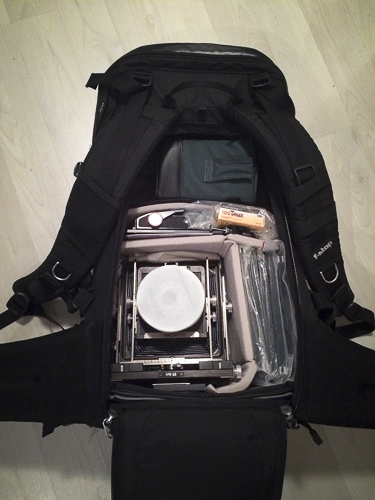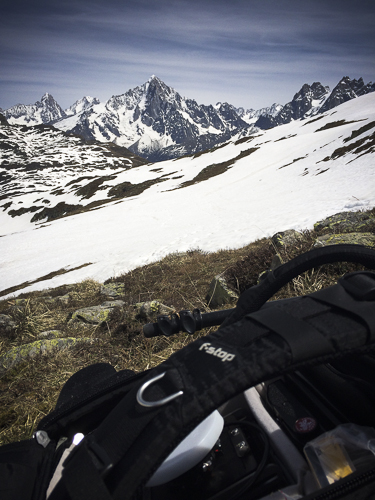I have been using a lot of different photo backpacks over the years, and I have been carrying them to many different places from mountains to deserts and sea costs. Therefore I would say that I might have some experience in this field, but I have never felt like sharing my thoughts with our readers. However, I would like to make an exception now, and tell you about the latest addition to my backpack family. I was not particularly thinking about getting myself a new backpack, since my old one is still okay, until Marek told me about new f-stop system. It imediately sounded like a perfect solution for me my few days long photo expeditions here in the Alps, where I also have to cary some other stuff beside my camera gear.
After some research on the internet, I decided to go for Tilopa BC backpack together with with medium slope ICU (internal camera unit), which provides enough space for my type of cameras (Mamiya RB 67 or Ebony SW 45) and few lenses. Capacity of the this back is 48 liters, which also allows me to pack other things necessary for overnight trips.
The weight of the back itself is only 1.79 kg, and it is made from pretty solid and durable materials. The manufacturer claims this back is virtually weather proof, which already I have to confirm. Even during quite heavy rain I experience in the mountains everything inside the bag stayed dry. This is very important feature for me, because I am usually going out when the weather is not sunny:) During my last few trips here around Chamonix valley, I wanted to experience how comfortable it would be to carry it fully loaded. Therefore, I put my large format camera, three lenses, eight 4x5 film holders, medium format film holder, few rolls of film, exposure meter, some the other large format accessories, and some extra cloths, food, water etc. In total the backpack had almost 20 kg. It definitely did not feel as heavy as it was during the entire trip. I was able to hike for 20 km with elevation gain more than 1000 meters without feeling pain in my shoulders and back. I guess the aluminum frame really helps distribute the loads evenly, plus the shoulder straps are very solid and comfortable.
The other advantage of this system is the fact that you access your photo gear trough the back panel, which is particularly helpful when you have to put it down to snow or on wet ground. Therefore, when you have to continue your trip, you will always have the backpack with dry side towards you, which for me is also very important, and it looks that the designers of this system really think about it, because there is nothing worse than carry wet and cold backpack on your shoulders for the whole day.
The only problem I have found is that this backpack does not have a place for my drinking bottle. Unfortunately, I am not using the modern hydration reservoir system, because I have not found one yet from which the water would not taste like a plastic, but I might give it another try, since there is nice internal packet for it inside the backpack.
My first impression is quite positive, and it seems that this backpack is really made for photographers, and I am very happy with it from the very first day. I am planing some intensive hiking in the Alps during this summer and fall, so I will keep you updated how the Tilopa served to me during my adventures.
Here you can watch introductory video about Tilopa BC






